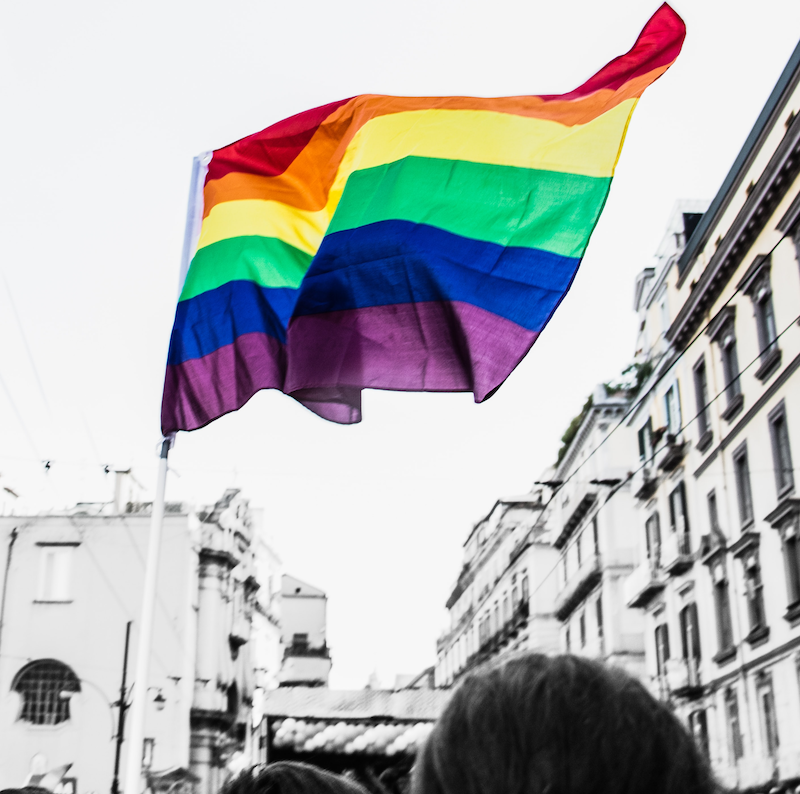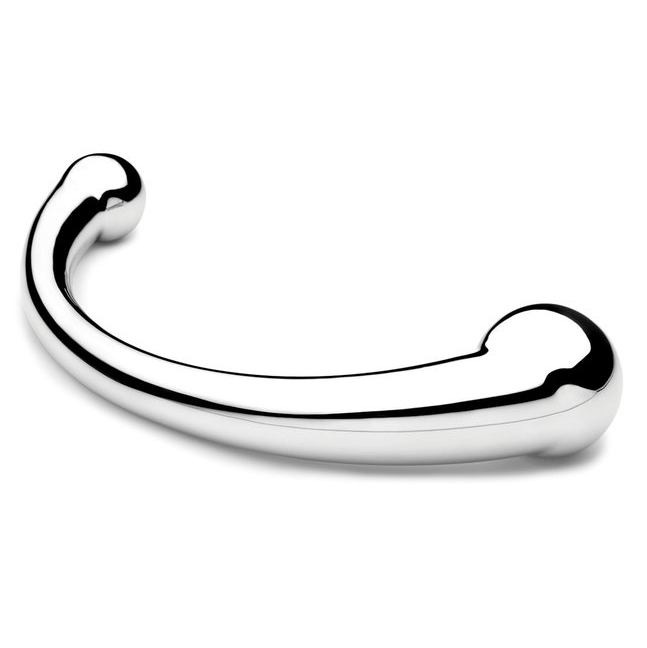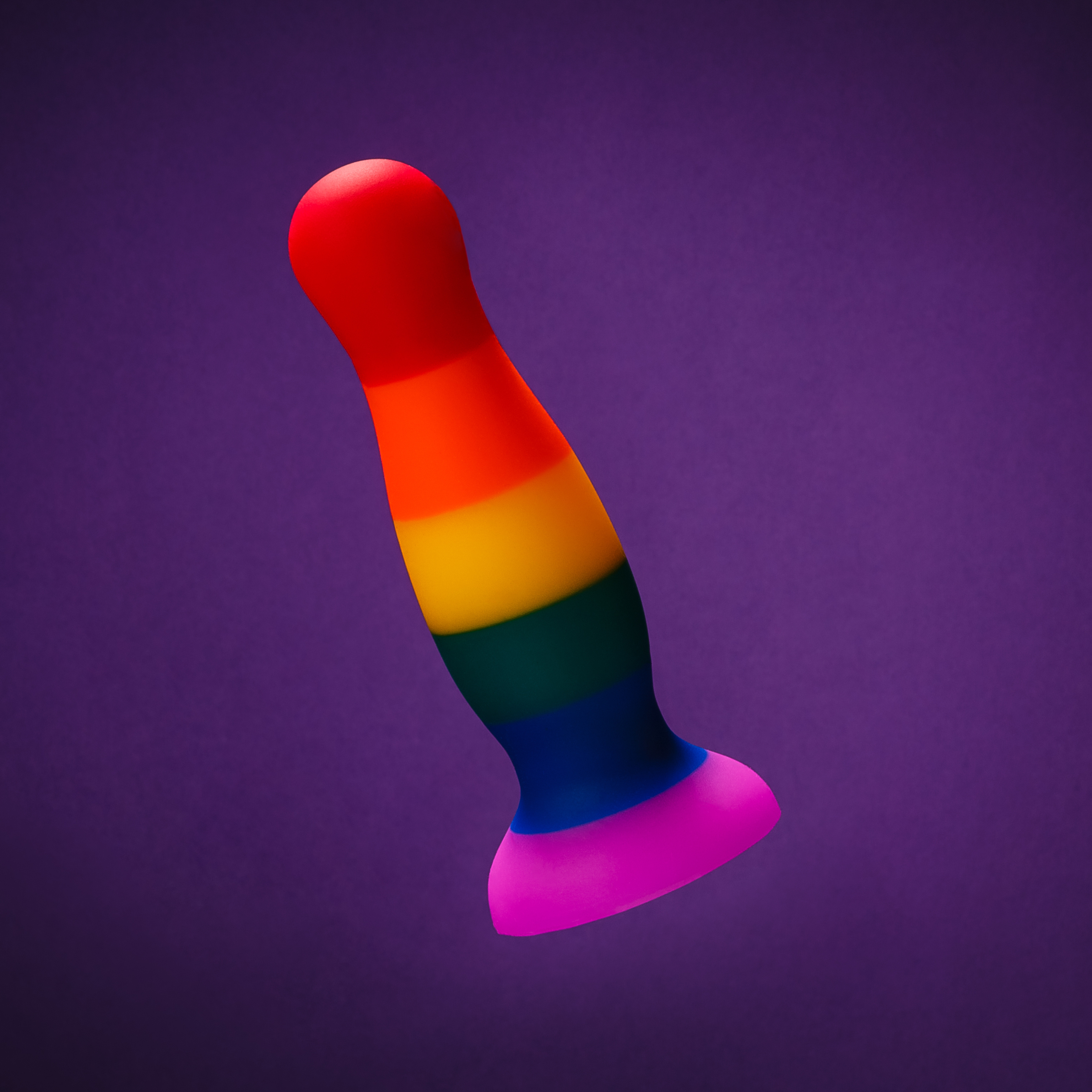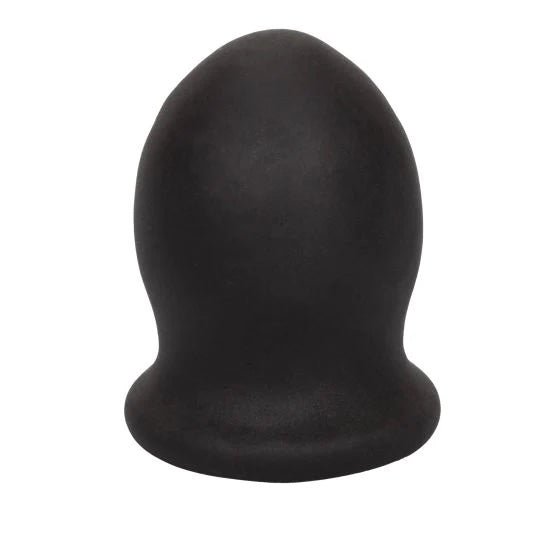Queer Sex, Safety, and Why We Still Need Pride

Pride began in 1969 after people at New York City’’s Stonewall Inn fought back against police raids and violence towards the LGBTQ folks inside. Trans women of colour who challenged gender expectations were the main target. There had been a long history of police brutality and injustice towards “queers” in New York — and most places around the world. Activists organized a parade in New York the following year and many other cities around the world followed suit as both a celebration and protest.
Who is "queer"?
Queer is an umbrella term that many, but not all, feel comfortable ascribing to themselves or their community. It was originally used as a derogatory term but has been reclaimed by some as a positive affirmation for themselves. Queer includes people who identify as gay (male or female), lesbian, bisexual, pansexual, trans-identified, two-spirit (indigenous), non-binary, intersex, and asexual people. Some even include folks who are kinky. Basically the term includes anyone who falls outside the “norm” that we have traditionally seen on tv and in the media as a model for who we're “supposed” to be: cis-gendered and heterosexual folks.
Why do we still need Pride?
While it's true that gay and lesbian couples can now get married legally in Canada and in some other countries around the world, the fight for equality is still not over. Some people can celebrate their queerness all day every day, but for others this is a privilege that they are not always (or ever) able to risk enjoying. In many countries there are no legal protections for queers and it can even be punishable by death. Pride is important to continue to celebrate for so many reasons: to assert queer rights and visibility, to create a safer space for those who are not normally “out”, to be able to dress up or down in freedom, to fight for the rights of trans, non-binary, and intersex people, to learn and meet and socialize with others, to feel at home and not “different”, and to embrace the intersectionality of queer spaces with others.
Safer queer sex
Pride is not all about sex, sex is not all about Pride, but for some people sex is an important part of Pride. At this time of year (and anytime), for those who choose to engage in queer sex, it is important to consider safety in our sexual practices as best we can.
Safer sex supplies are really important for reducing risk of sexually transmitted infections as well as pregnancy. Penetrative sex, especially anal sex with a penis, is the riskiest in terms of likelihood of transmission of STIs. The lining of the anus is thinner than that of the vagina and also more susceptible to tearing, so it is particularly important to use protection if possible.
Fluid-bonded folks might not choose to use barriers for reducing the mixing of sexual juices in these instances, as they have agreed to share fluids with each other and are comfortable with that level of risk.
When having sex with new partners or multiple partners, condoms on toys and penises as well as silicone or water-based lubes can help protect all involved. Some folks take PrEP, which greatly reduces the risk of transmission of HIV, and condoms will further help protect also against gonorrhea, syphilis, HPV, herpes, and chlamydia.
Oral sex is deemed to be much less risky than vaginally or anally penetrative sex, as long as the person does not have sores on their mouth or genitals that touch each other and the person receiving is not bleeding (menstruating).
Condoms and dental dams can be used as barriers for oral sex as well for further harm reduction. Flavoured ones tend to be much more palatable than non-flavoured ones. Hand and toy stimulation also tend to be low-risk activities, and gloves and condoms can further protect.
What Queer Sex Looks Like
There are many stereotypes such as that gay men engage in anal sex and lesbians use strap-ons, but like all stereotypes, they never apply to everyone or all the time.
Queers can engage in just about any kind of sexual pleasure. From dirty talk to oral pleasure to mutual masturbation to external to intercourse (with a penis or strap-on) to kinky play with/out genital touch, there are lots of ways to play — and everyone plays in different ways at different times with different partners.
Queer sex, like any other kind of sex, is valid no matter what activities are on (or off) the menu. Sex doesn't define the queer experience, but there is plenty to explore for queer folks looking for pleasure.
Happy Pride to everyone, and stay safe no matter how you celebrate.



